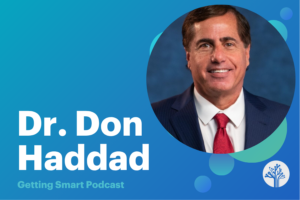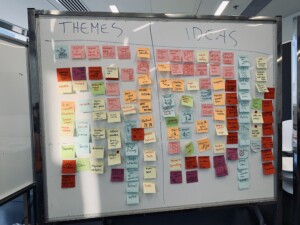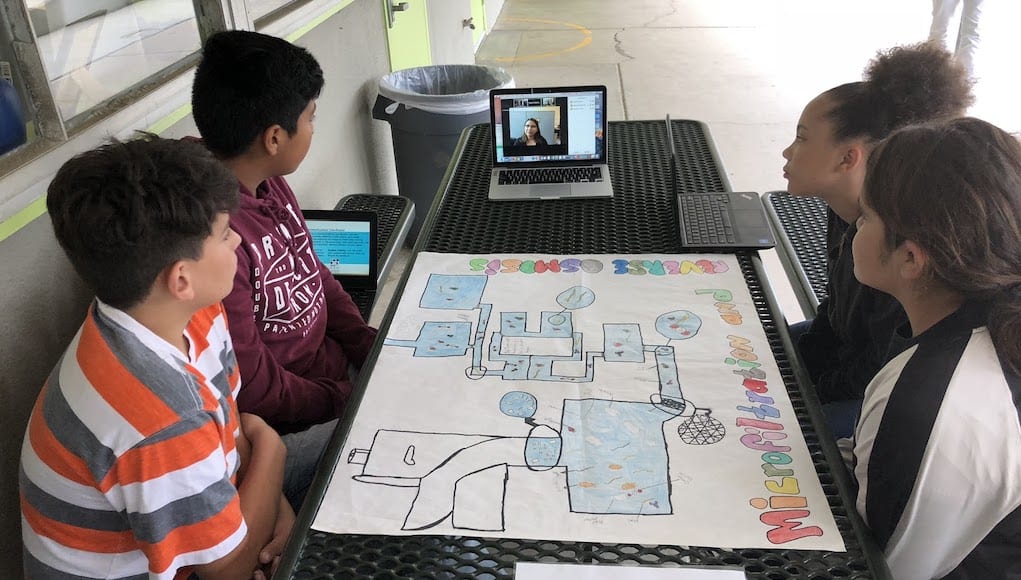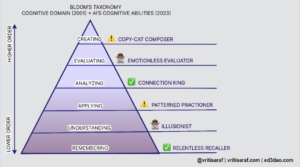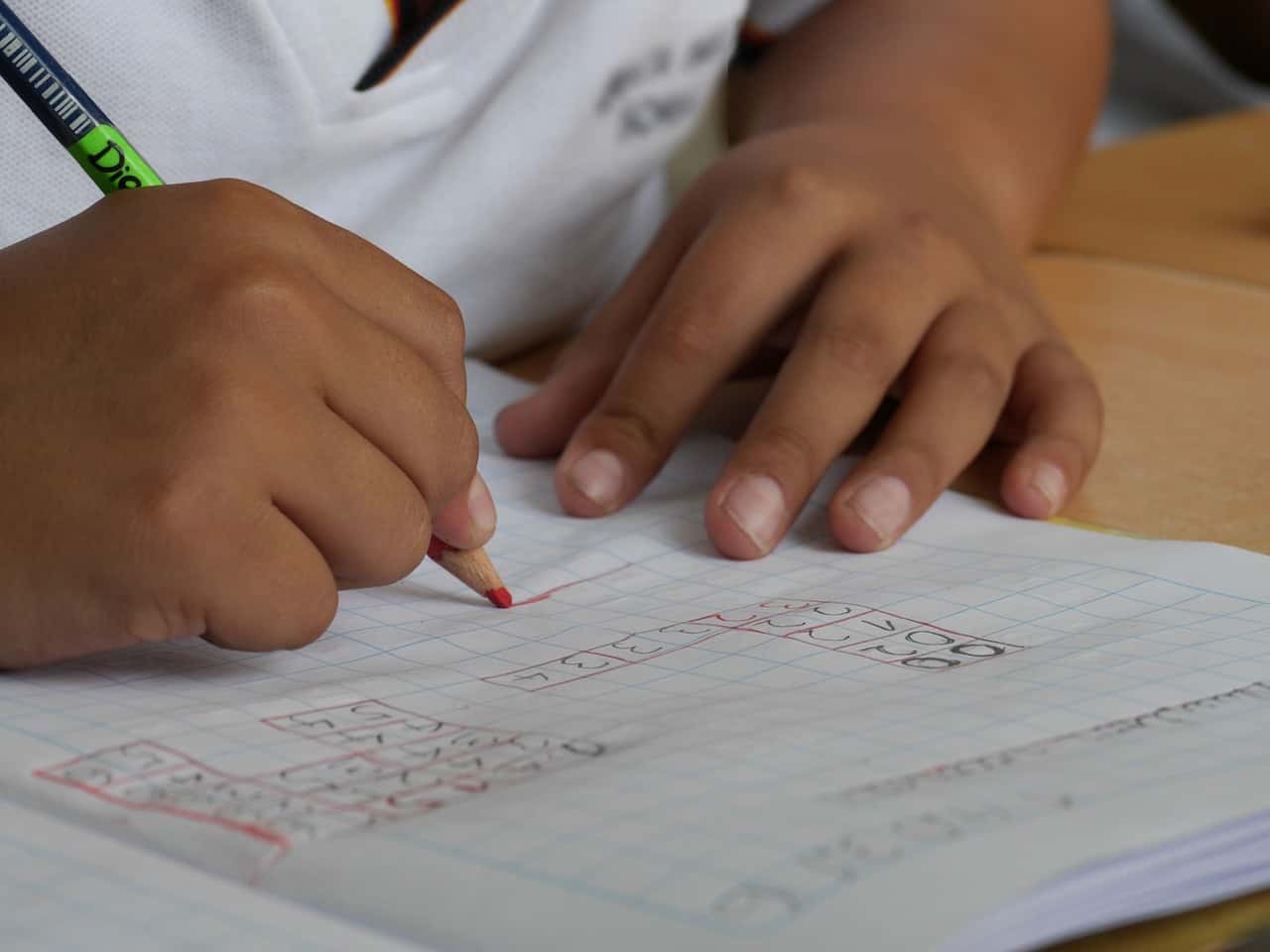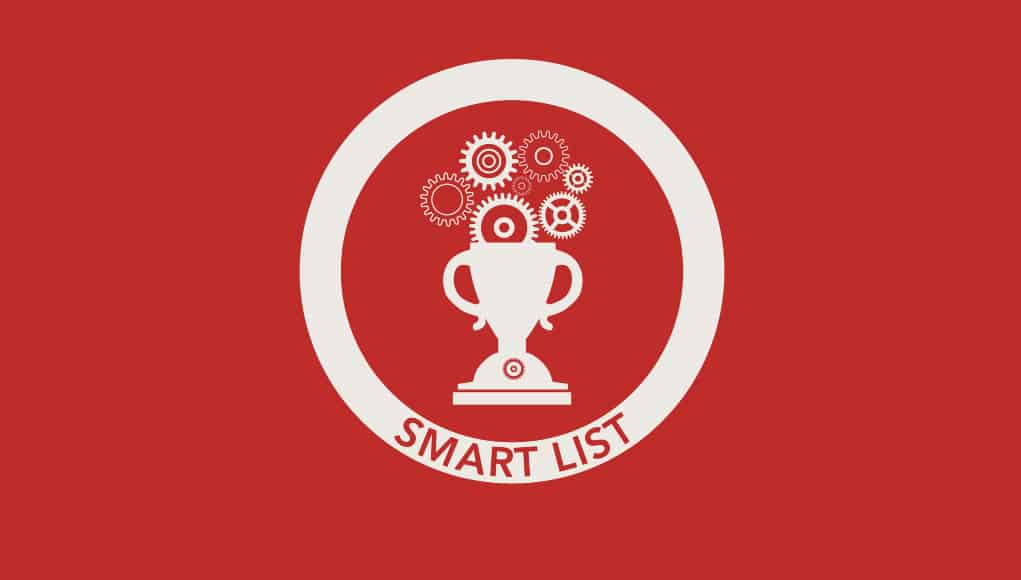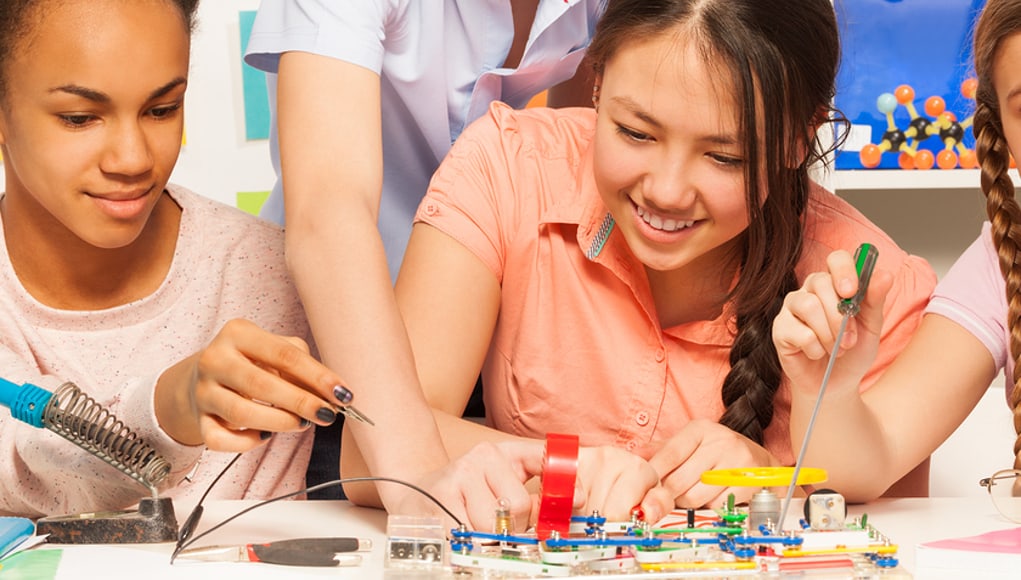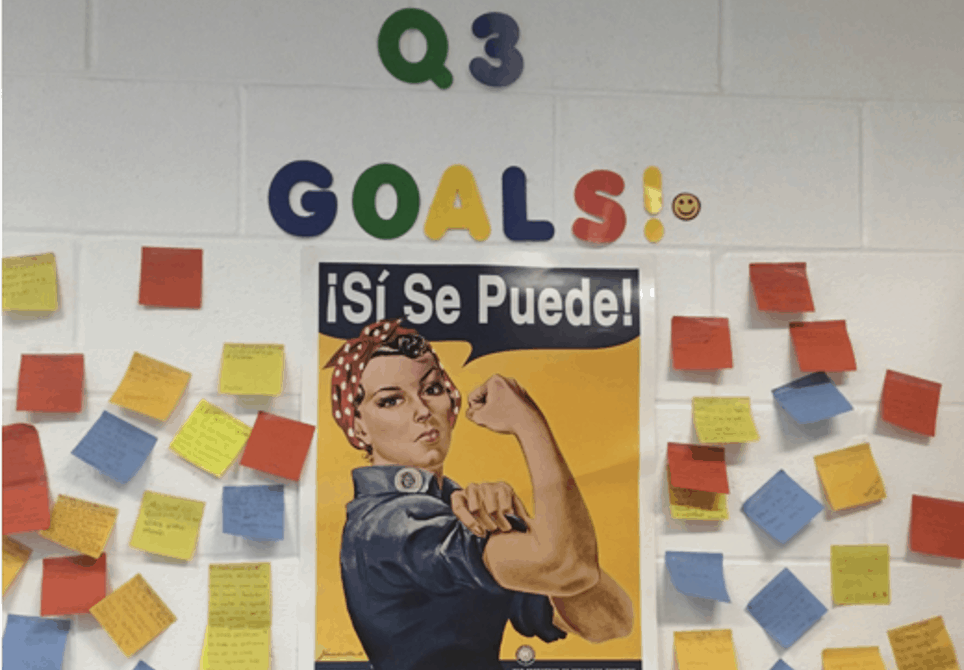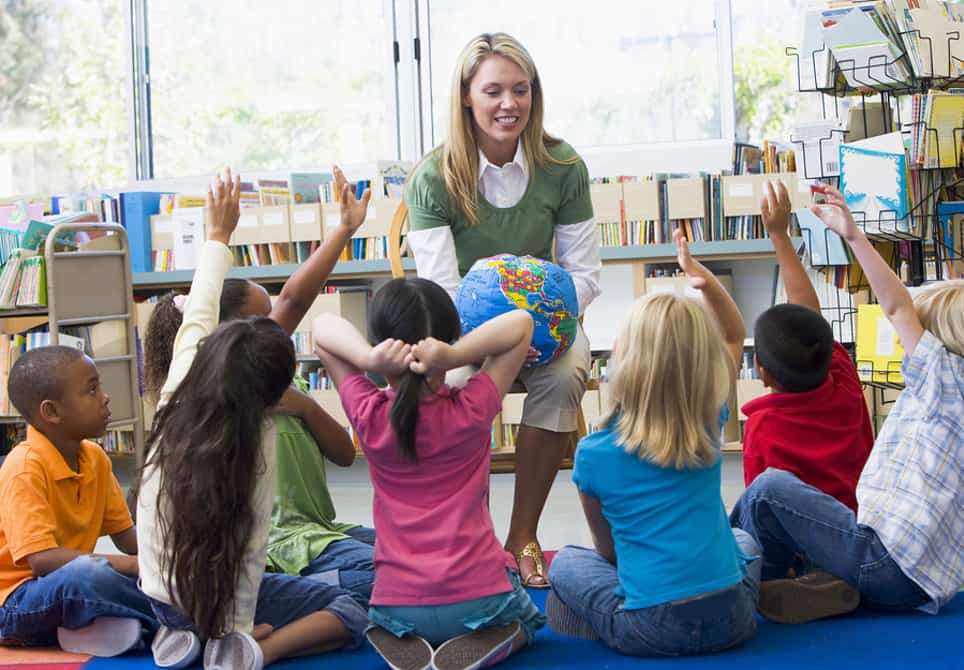12 Shifts to Move from Teacher-Led to Student-Centered Environments
Kyle Wagner observes 12 fundamental shifts that can take a classroom from being a teacher-led experience to an engaging student-led one.
Integrating Traditional Assessments into Non-Traditional Learning Environments
Explore how microschools innovate assessments, embracing mastery-based learning, AI, and alternative methods for diverse learner success.
7 Ways Tech Supports Collaborative Learning
Educators worldwide are doing more work in teams and shifting classroom practice from predominantly individual learning activities to collaborative learning strategies.
In Dallas, a Big Thought is Brewing About How Cities Can Help Their Children Grow
Explore how Big Thought in Dallas fosters learner-centered ecosystems, empowering youth like KJ through creative outlets.
What Bloom’s Taxonomy Can Teach Us About AI
Vriti Saraf maps AI's capabilities across Bloom's Taxonomy to identify where it excels and where the gaps can be found.
What is Mastery Learning?
By Scott Ellis. Today, through technology, tools, and expertise, we have the ability to scale mastery learning at a national level. The question is: will we choose to do it?
Smart List: 50 Organizations Boosting College Access & Success
College access is a pressing issue in education equity. Today, we recognize 50 organizations spreading college awareness, boosting preparation and encouraging completion—with a special focus on low-income and first-generation students.
Real-Life Examples of Design Thinking in the Classroom
Design thinking centers on a pedagogy aimed at creating and facilitating future innovators and breakthrough thinkers. It is about creating creative and collaborative workflows engineered to tackle big projects and prototyping to discover new solutions.
Supporting English Language Learners with Formative Assessments
By: Sarah Ottow. By implementing formative assessments for ELLs, educators can develop a “language lens” that uncovers and showcases the growth of this culturally and linguistically diverse population.
15 Actionable Strategies for Increasing Student Motivation and Engagement
By: Terri Eichholz. Although it seems paradoxical for teachers to extrinsically motivate students to intrinsically motivate themselves, here are 15 ideas to help students own their own learning and success.


